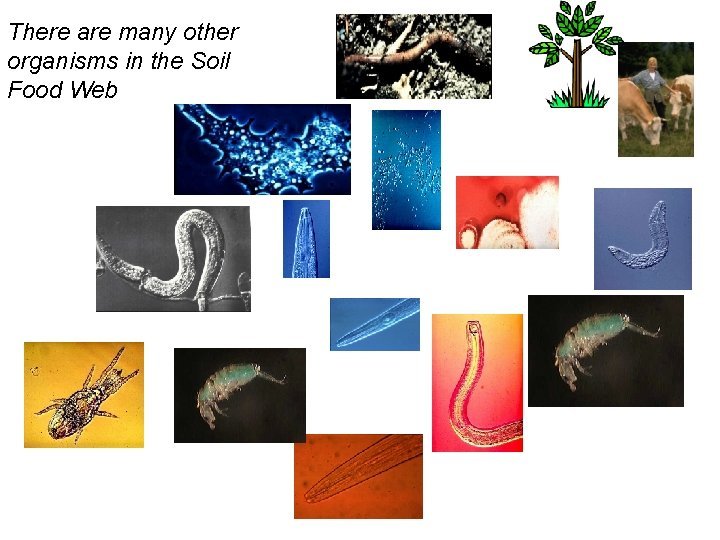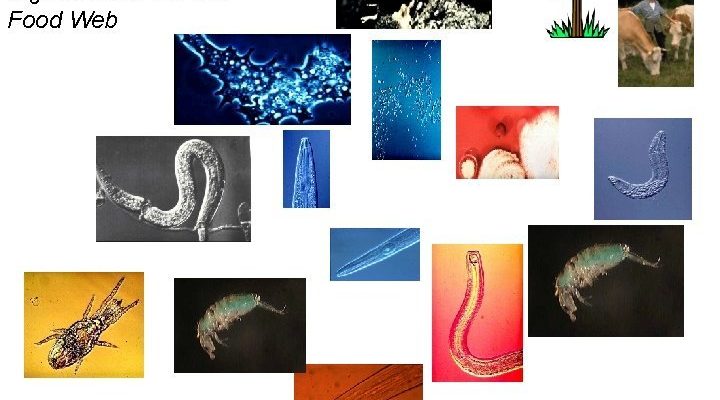
So, what exactly are nematomorphs, and why should we care about them? Picture them as the unsung heroes of these ecosystems. They might not be as charismatic as dolphins or as majestic as eagles, but their impact is significant. From nutrient cycling in soil to influencing aquatic food webs, these worms are worth getting to know. Let’s dive into the world of nematomorphs and explore their important roles in both soil and aquatic ecosystems.
What Are Nematomorphs?
Nematomorphs are a type of parasitic worm that are primarily known for their long, thin bodies, which can stretch up to several feet in length. They belong to the phylum Nematomorpha and are sometimes called horsehair worms. This name comes from their resemblance to strands of horsehair. You might be wondering where these worms fit into the animal kingdom. Well, they are closely related to arthropods, the group that includes insects and crustaceans.
These worms start their lives as tiny eggs, which hatch and develop into larvae inside the bodies of various insects, like grasshoppers and crickets. As they grow, they manipulate their hosts’ behavior—this might sound like something out of a sci-fi movie! When the time is right, the nematomorphs compel their hosts to seek out water, where they emerge, leaving their former hosts behind to either live or die.
The Life Cycle of Nematomorphs
Understanding the life cycle of nematomorphs is essential to grasping their ecological role. It’s a fascinating journey that highlights their unique adaptations.
1. Egg Stage: The journey begins when female nematomorphs lay their eggs in or near water. Each female can produce thousands of eggs, which are critical for population growth.
2. Larvae Stage: Once hatched, the larvae must find a host, typically an insect. They infect the host by entering its body, often through the cuticle, where they begin to grow.
3. Development in Host: Inside the host, the nematomorphs grow over several weeks, feeding on the host’s nutrients. This phase involves some mind control, as they alter the host’s behavior, steering it toward water.
4. Emergence: When they’re ready to leave, they induce the host to jump into water, finally escaping into their aquatic habitat, where they can mate and lay eggs to start the cycle all over again.
The extraordinary manipulation of their hosts makes them a unique subject of study in the animal kingdom. Their life cycle is not just about survival; it’s an intricate dance of life that connects multiple species within the ecosystem.
The Role of Nematomorphs in Soil Ecosystems
You might be surprised to learn that nematomorphs aren’t just aquatic dwellers; they have important roles in soil ecosystems too. Let’s explore a few ways they contribute:
– Nutrient Cycling: When nematomorphs emerge from their hosts, they often leave behind decomposed organic matter. This process releases nutrients back into the soil, enriching it for plants and other organisms. Without these nutrients, the soil’s fertility could diminish over time, affecting the entire ecosystem.
– Food Source: While they primarily parasitize insects, once they emerge, nematomorphs become part of the food web. They serve as a food source for various predatory animals, including birds and fish. Their presence supports an array of other species, maintaining biodiversity.
– Soil Structure: The activity of nematomorphs can help improve soil structure. As they move through the soil, they create channels that allow air and water to penetrate deeper. This not only benefits plants but also encourages beneficial microorganisms to thrive in the soil.
Overall, their presence in the soil contributes significantly to maintaining a healthy ecosystem, demonstrating that even the smallest organisms can have a big impact.
Nematomorphs in Aquatic Environments
Now let’s swim into the world of aquatic ecosystems. Just like in soil, nematomorphs play key roles in water habitats as well. Here’s how:
– Population Control: By parasitizing insects, nematomorphs help control host populations. This can prevent any single species from becoming overly dominant, which is crucial for maintaining a balanced ecosystem. Think of them as natural regulators in the food web.
– Nutrient Release: Similar to their soil role, when nematomorphs emerge from their hosts in water, they contribute organic material and nutrients. This release feeds aquatic plants and microorganisms, forming the base of the food chain.
– Interactions with Other Aquatic Life: Nematomorphs interact with a variety of species in their water habitats. They can influence the behavior of fish and other aquatic animals, potentially impacting feeding and reproduction patterns.
Their ability to link soil and water ecosystems showcases their versatility and importance in maintaining ecological balance.
The Impact of Environmental Changes on Nematomorphs
Environmental changes can greatly impact nematomorph populations and their roles in ecosystems. Here are some factors to consider:
– Pollution: Water pollution can seriously harm aquatic life, including nematomorphs. When their habitats become contaminated, it can reduce their populations, which in turn affects predators and the overall health of the ecosystem.
– Climate Change: Changes in temperature and precipitation can alter the life cycles and behaviors of nematomorphs. If their host populations decline due to changing climates, this can lead to fewer nematomorphs entering the soil and aquatic environments.
– Land Use Changes: Urbanization and agricultural practices can disrupt nematomorph habitats. The alteration of the landscape affects not only the worms but also the insects and other species they interact with.
Monitoring these environmental changes is crucial for understanding how they influence nematomorphs and, by extension, the ecosystems they contribute to.
Research and Conservation Efforts
Researchers are increasingly recognizing the importance of nematomorphs in ecosystems, prompting new studies aimed at understanding their roles and addressing conservation. Here are some key areas of focus:
– Biodiversity Studies: Investigating nematomorph populations can help scientists gauge biodiversity in ecosystems. A healthy nematomorph population often indicates a thriving environment.
– Conservation of Habitats: Protecting the habitats where nematomorphs and their host insects thrive is crucial for maintaining their populations. Efforts to reduce pollution and protect wetlands can have positive results for these organisms.
– Public Awareness: Education about the importance of nematomorphs can lead to greater public interest in conserving ecosystems. By sharing knowledge about their roles, we can encourage sustainable practices and a deeper appreciation for these unique creatures.
As awareness grows, it’s essential for individual actions to contribute positively to the health of our ecosystems. Every small effort can have lasting effects!
Nematomorphs might be small and often overlooked, but their role in soil and aquatic ecosystems is nothing short of essential. From nutrient cycling and population control to enhancing soil structure and interacting with other species, they truly are the hidden heroes of nature. Understanding their life cycle and ecological importance can inspire us to appreciate the intricate connections that make up our environment.
As we continue to learn about their roles, let’s remember that every creature, no matter how tiny, contributes to the delicate balance of our ecosystems. So, the next time you think about ecosystems, take a moment to appreciate the quiet work of the nematomorphs—nature’s subtle, yet impactful, performers.

